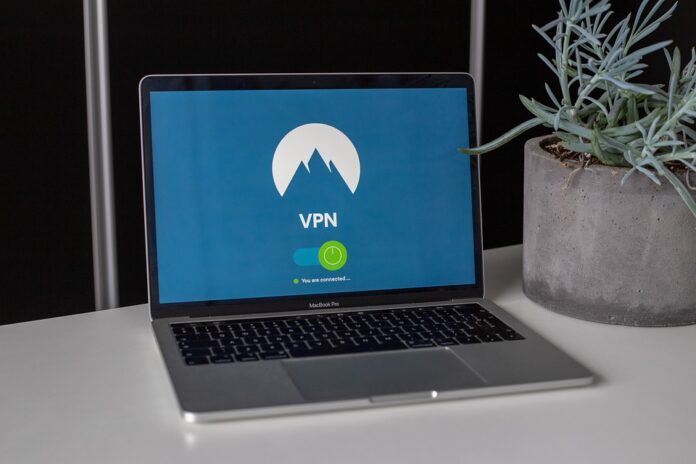The way we work has undergone a significant transformation in recent years with the rise of remote work. Thanks to advancements in technology, employees are no longer confined to traditional office spaces, but can instead work from the comfort of their homes or while traveling. Remote work software has played a key role in facilitating this shift, offering a wide range of tools and features that make it easier for teams to collaborate and stay productive, regardless of their physical location.
Streamlining Communication and Collaboration
One of the key benefits of remote work software is its ability to streamline communication and collaboration among team members. With tools like video conferencing, instant messaging, and project management platforms, employees can easily stay connected and work together on projects in real-time. This has led to a more agile and efficient work environment, where teams can respond quickly to changes and collaborate seamlessly, even when working remotely.
Increasing Flexibility and Productivity
Remote work software also enables employees to have more flexibility in how and where they work. By allowing them to access work-related information and tools from any location, employees are no longer tied to a specific office space. This freedom has not only increased employee satisfaction and work-life balance but has also been shown to boost productivity. Research has found that remote workers are often more productive than their in-office counterparts, as they are able to work in environments that suit their individual preferences and needs.
Enhancing Remote Training and Onboarding
Another way in which remote work software is revolutionizing the workplace is through its ability to support remote training and onboarding processes. With virtual training platforms and digital onboarding tools, organizations can easily onboard new employees and provide ongoing training and development opportunities, regardless of their physical location. This is especially important in today’s globalized world, where companies often have employees working in different time zones and locations.
Ensuring Data Security and Compliance
As remote work becomes more prevalent, concerns around data security and compliance have become increasingly important. Remote work software offers features like secure file sharing, encrypted communication, and multi-factor authentication, which help to ensure that sensitive information remains protected. By implementing these tools, organizations can maintain strict data security standards and compliance regulations, even when employees are working remotely.
Fostering a Remote-Friendly Culture
Lastly, remote work software is helping to foster a remote-friendly culture within organizations. By providing employees with the tools they need to work effectively from anywhere, companies are showing their commitment to supporting remote work arrangements. This not only helps attract and retain top talent, but also creates a more inclusive and diverse workforce, by allowing individuals from different backgrounds and locations to collaborate and contribute to the organization’s success.
In conclusion, remote work software is revolutionizing the workplace in numerous ways, from streamlining communication and collaboration to increasing flexibility and productivity. By leveraging these tools, organizations can create a more agile, efficient, and inclusive work environment that meets the needs of today’s modern workforce.
Frequently Asked Questions:
1. How can remote work software help organizations save money?
Remote work software can help organizations save money by reducing overhead costs associated with maintaining physical office spaces, such as rent, utilities, and office supplies.
2. What are some common features of remote work software?
Common features of remote work software include video conferencing, instant messaging, project management tools, file sharing capabilities, and virtual training platforms.
3. How can organizations ensure data security when using remote work software?
Organizations can ensure data security when using remote work software by implementing secure file sharing practices, using encrypted communication channels, and requiring multi-factor authentication for access to sensitive information.

